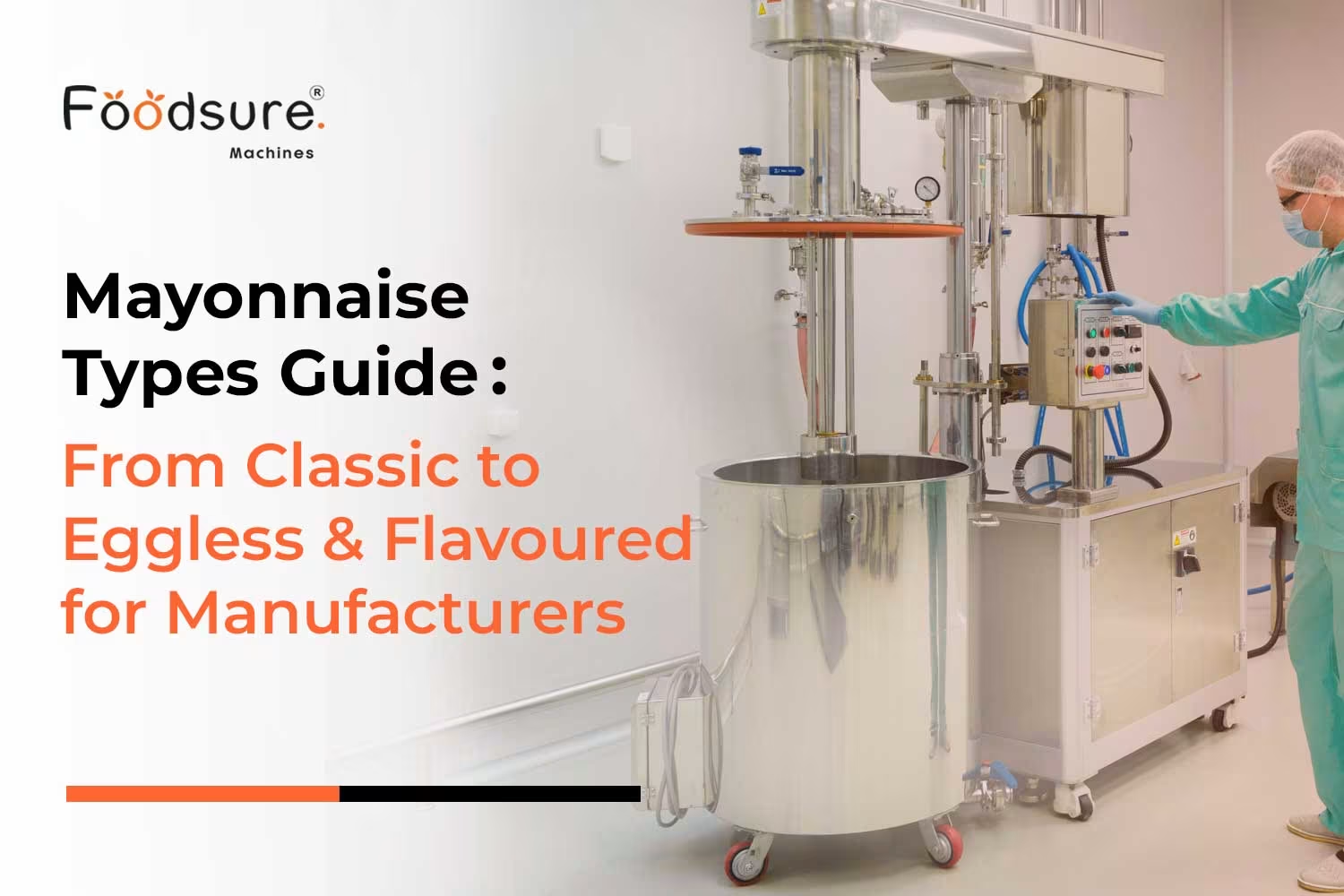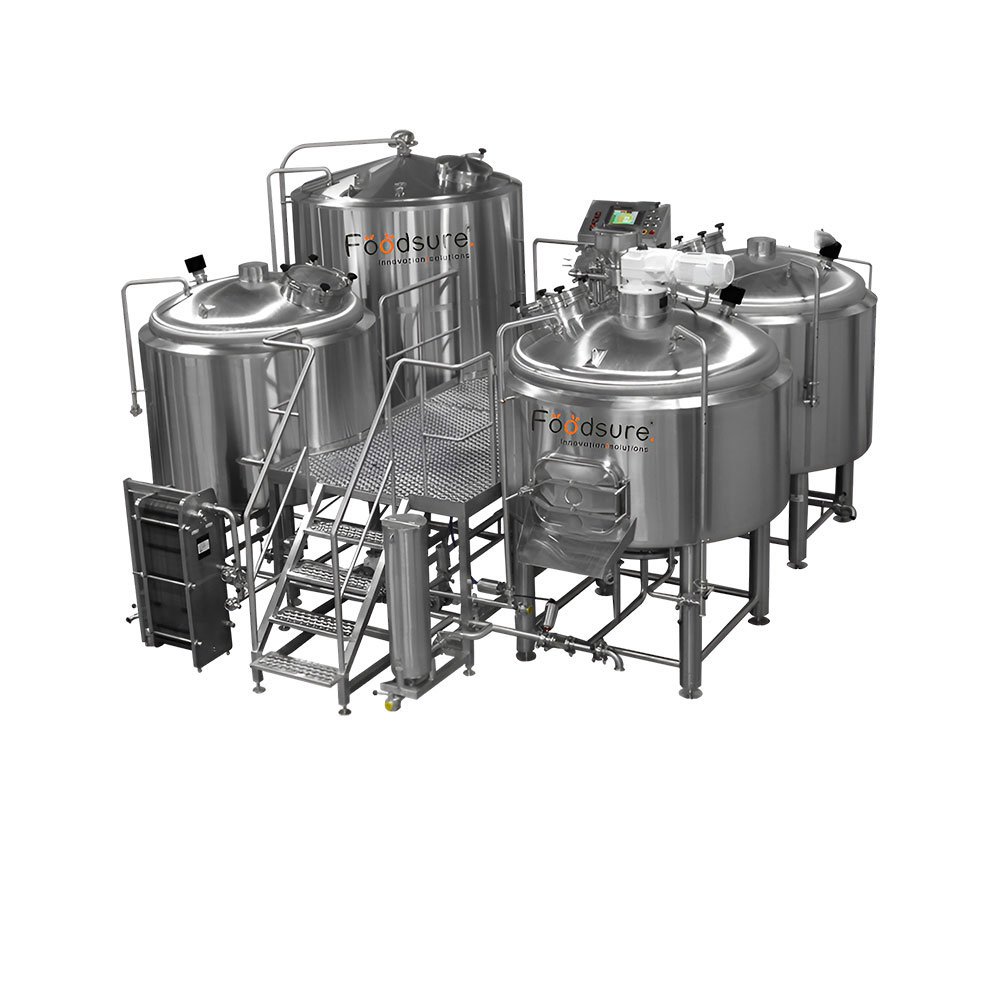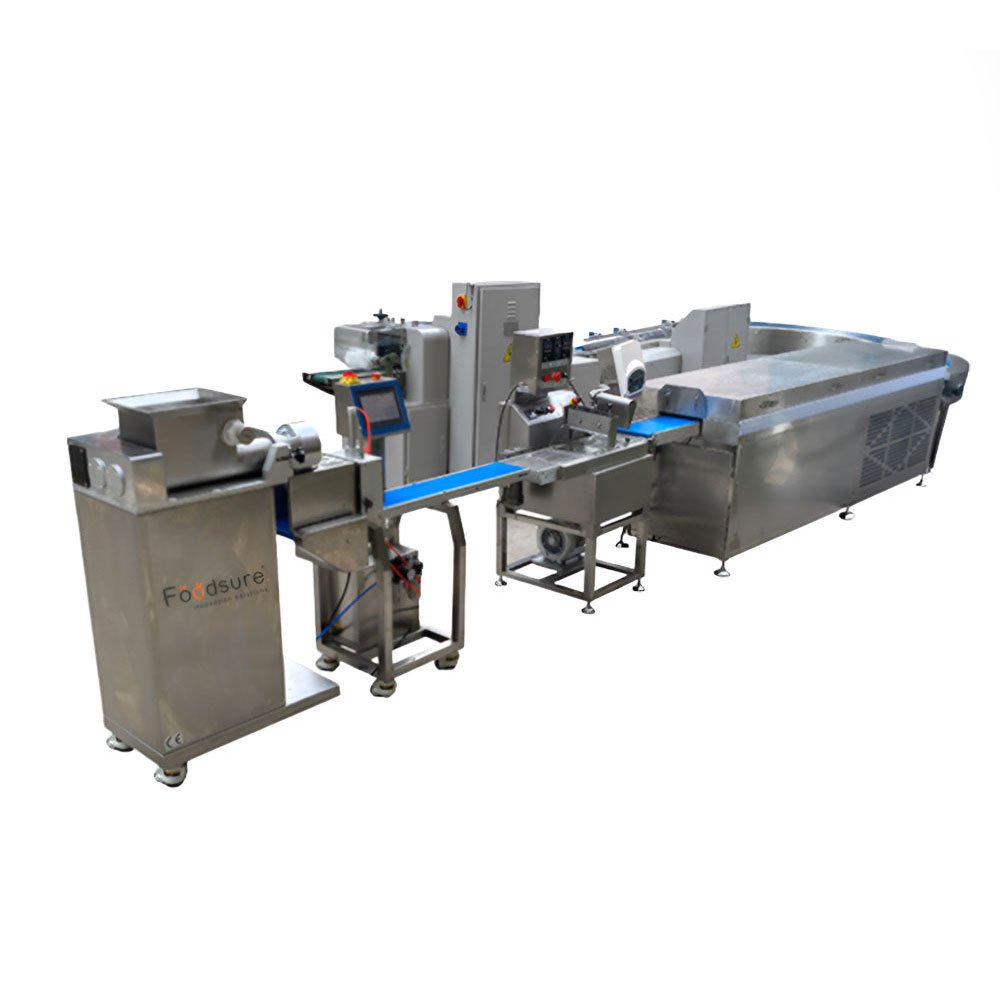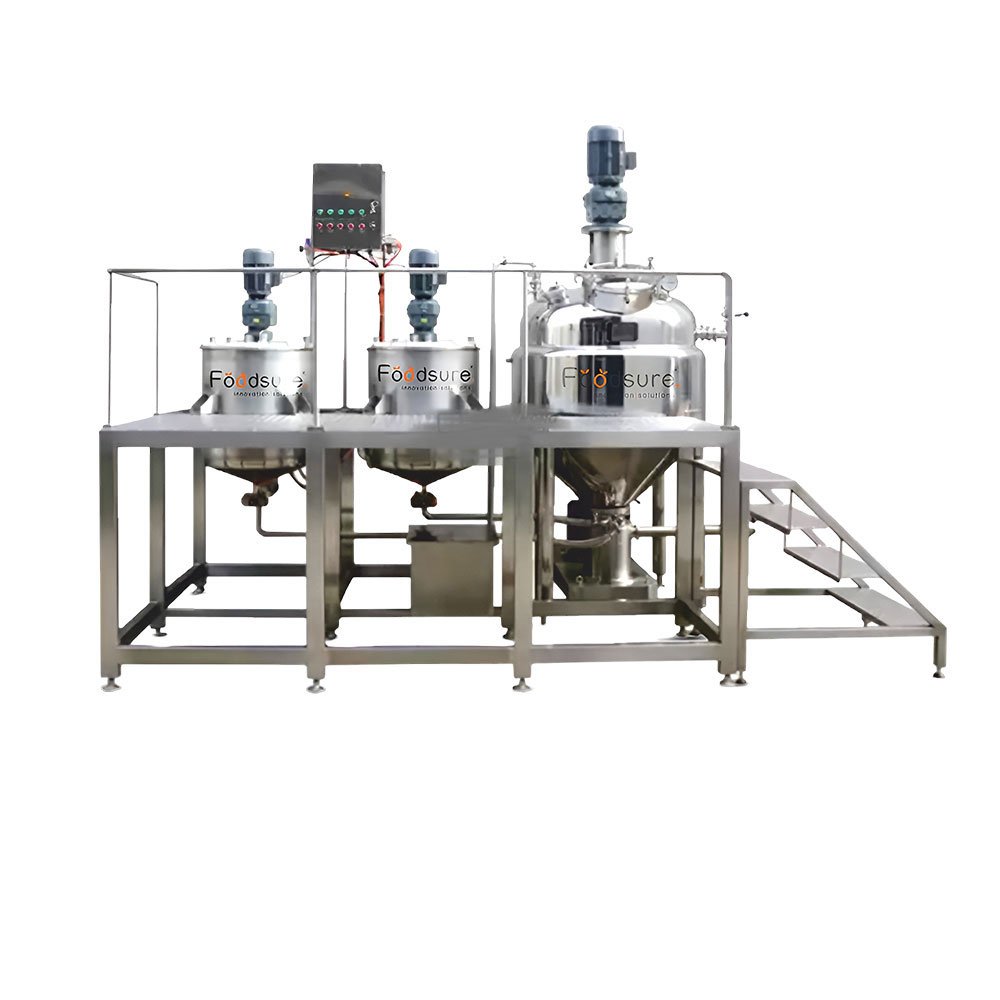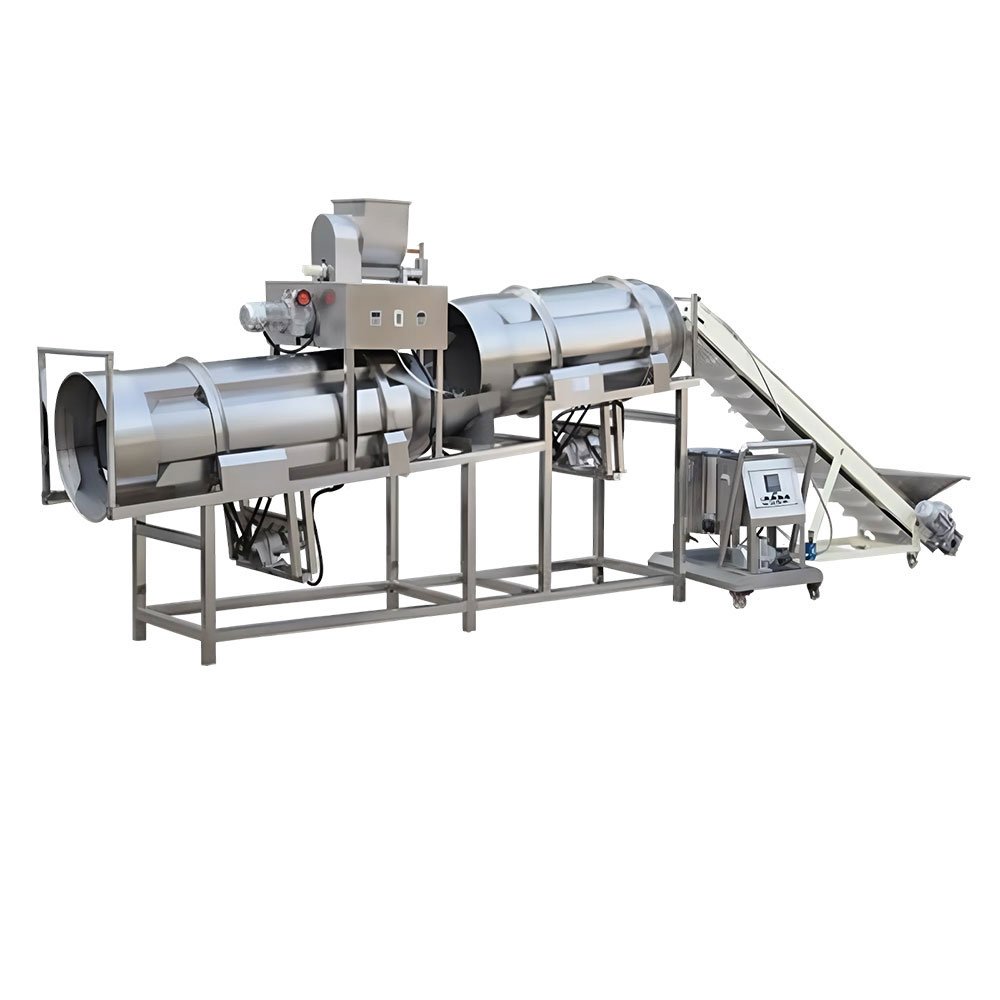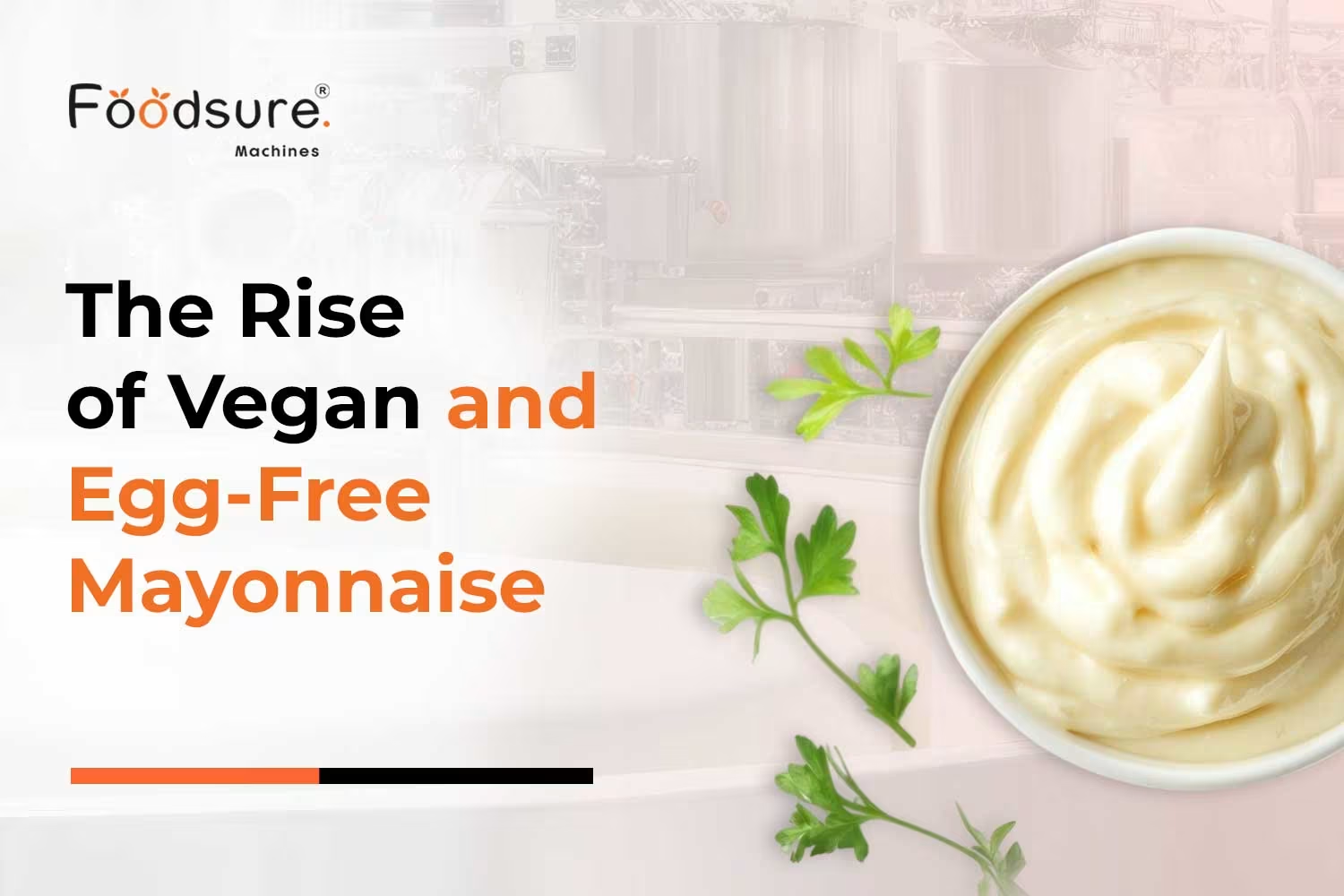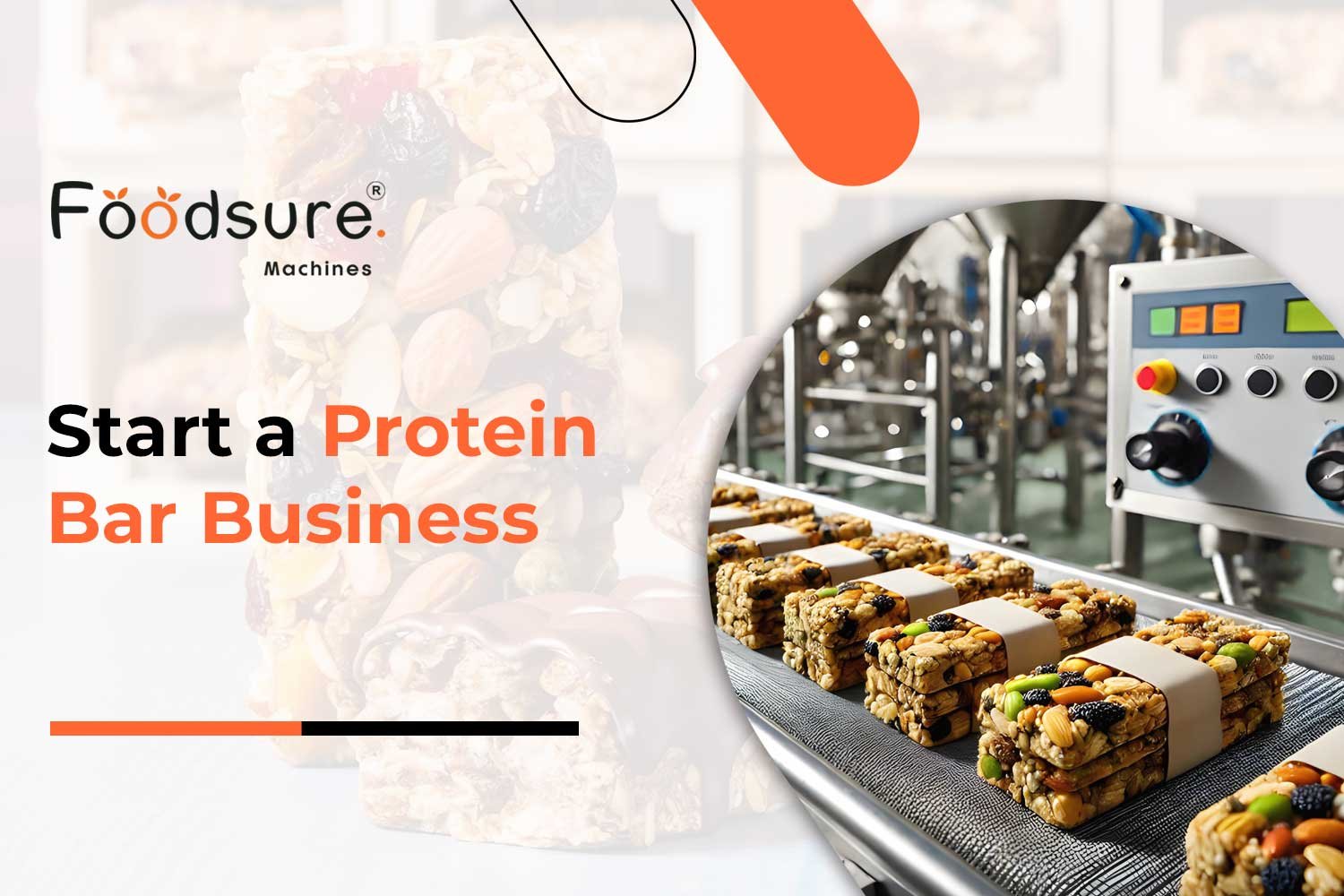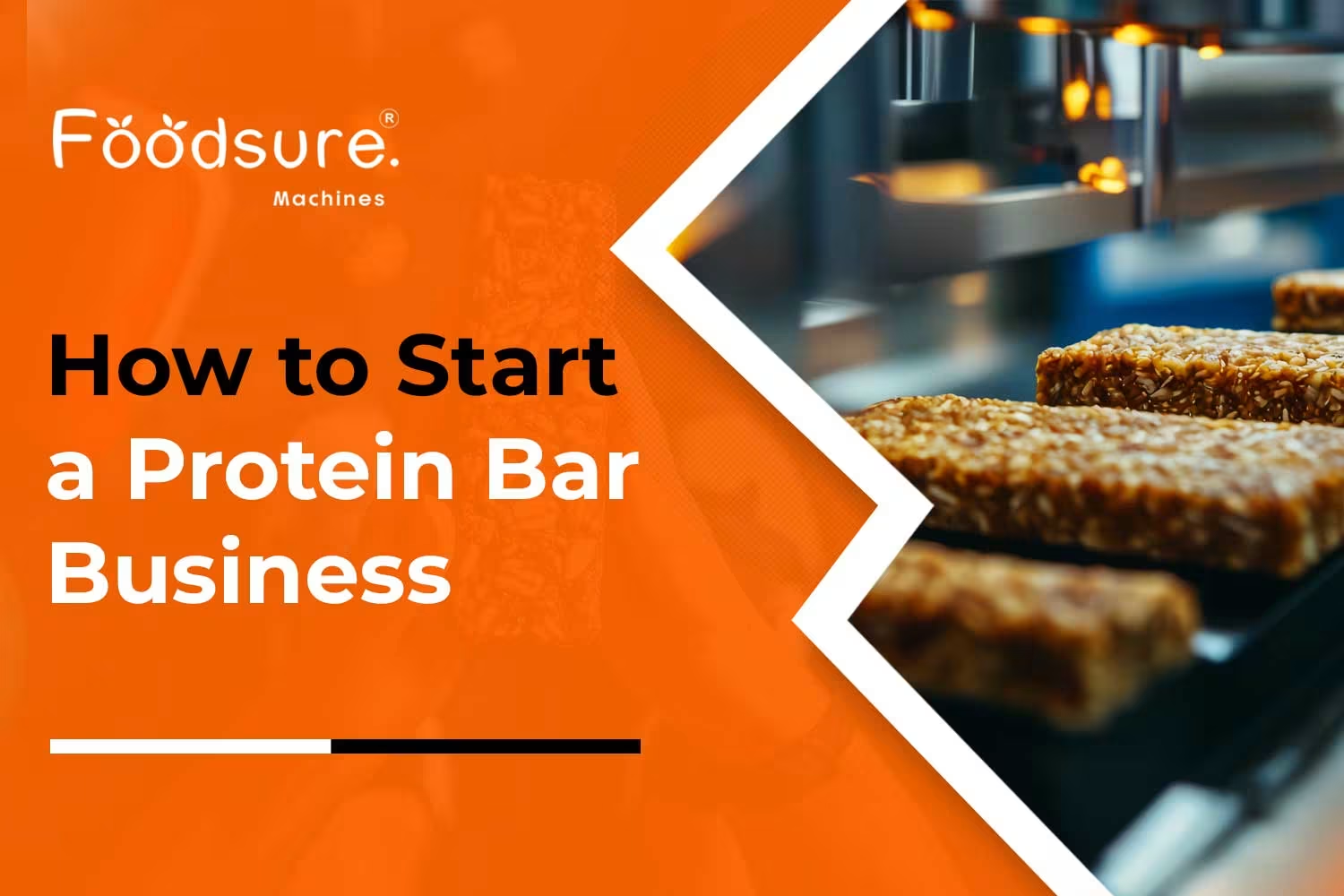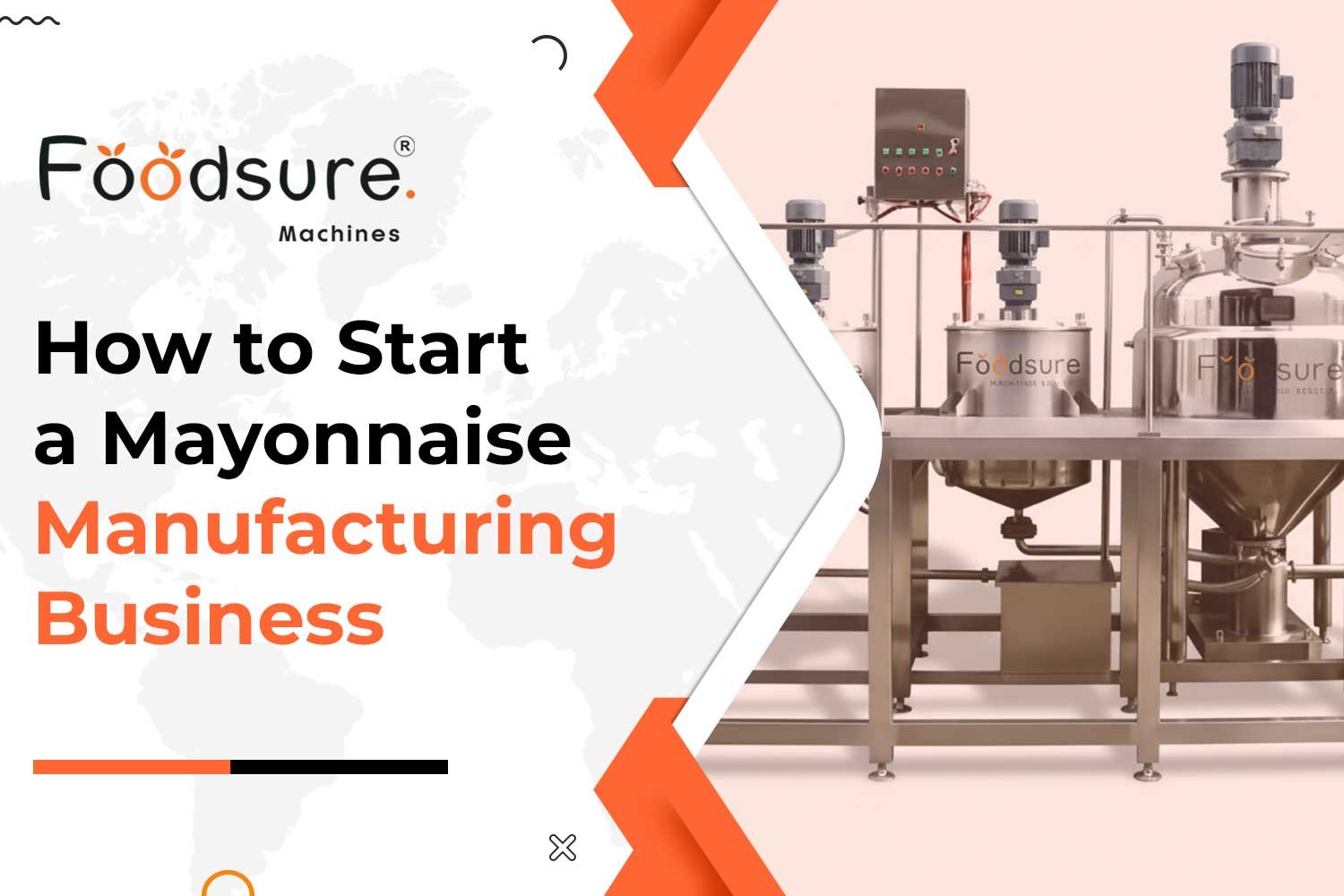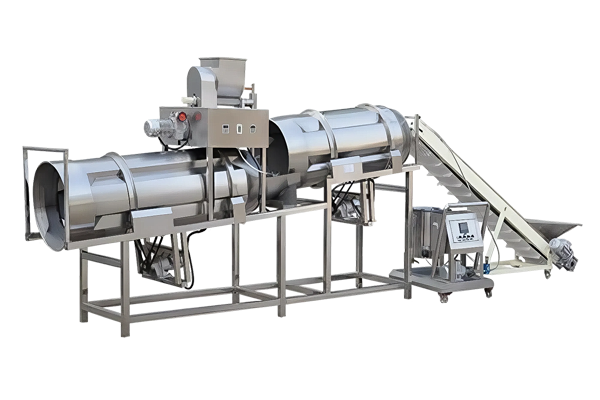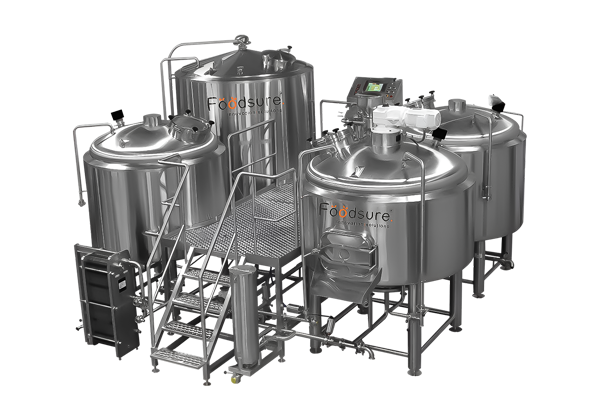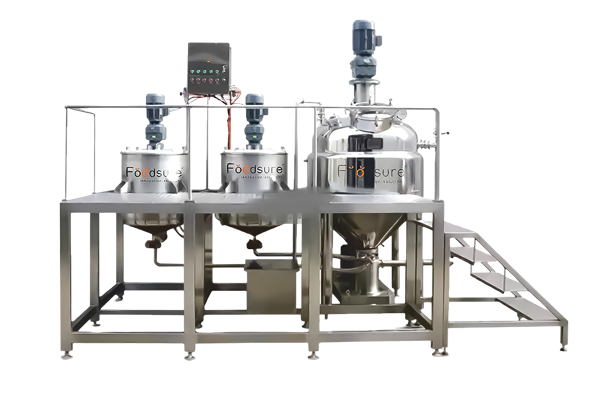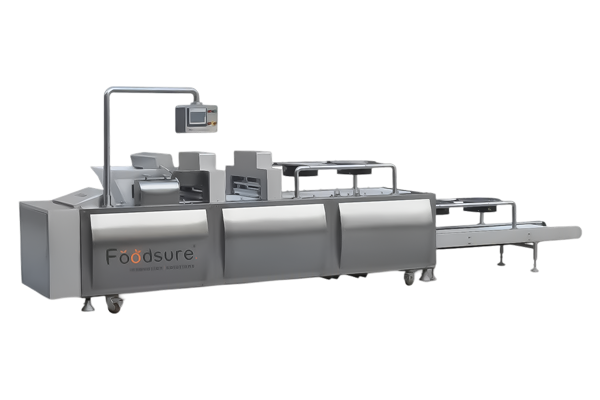“Mayonnaise” is often synonymous with sandwiches or burgers with mayo, but there are many other uses for it. Today, there are many different types of mayo available in the marketplace, serving a health-conscious, plant-based consumer base for food service and quick service. Classic egg mayonnaise, eggless mayonnaise, low-fat, flavoured, and specialty mayo – each of these segments of the mayo industry has a product.
As a small food operation or manufacturer, understanding the differences can mean more than flavour; it can also affect what you are selling and what type of machine you might want for production at scale.
Premium & Specialty Mayonnaise: Organic, Olive Oil, Probiotic
1. Traditional Mayonnaise Containing Egg
- This is classic mayonnaise and consists of oil, vinegar or lemon juice, egg yolks, and seasoning, which are the main ingredients.
- Flavour: Rich, creamy, slightly tart
- Optimal Use: Devilled eggs, salads, and as a sauce topping on reduced foods.
2. Eggless, or Vegan, Mayonnaise
- Eggless mayonnaise is more fashionable now that many individuals are being more plant-based. Eggless mayonnaise is made from soy protein, pea protein, or aquafaba as an egg replacer.
- Taste/Texture: About the same as any other mayonnaise, but lighter.
- Best Suited for: Vegetarian, vegan, and Jain diets.
- Market Trend: Noteworthy demand in India and as a replacement in ongoing markets that export.
3. Light or Low-Calorie Mayonnaise
- This is the lower-calorie mayonnaise that has had the oil removed and/or limited and/or swapped out with a stabiliser.
- Taste/Texture: Less rich but more watery than either of the above, and still creamy.
- Best Suited for: Diet-friendly menus and salad dressings.
- Who Simply Tries to Purchase It: Consumers wanting to control fitness prices in urban café environments.
4. Seasoned Mayonnaise (Garlic, Chilli, Herb)
Seasoned mayonnaise is becoming increasingly popular. Garlic mayonnaise is most commonly assumed to be an option for sandwiches and a dip, but garlic mayonnaise on fries is also a well-used method of adding flavour. Chilli mayonnaise has potential in cheeseburgers and is suited to a restaurant wanting to add some flavour to their menu. Herbs in mayonnaise on gourmet sandwiches or traditional dips have proven popular. Cheese mayonnaise, even if we have only seen a little bit in restaurants, has been relied upon as a type of lubricant for fast-food pizza outlets.
5. Specialty Mayonnaise (Organic, Olive Oil, Probiotic)
- In higher-end categories, special products are typically oils that are based on organic oils, mayonnaise developed with olive oil, or possibly developed with probiotics.
- Best: gourmet kitchens, premium sales, and memoranda on export to specialty shops.
- Market trend: slower sales trends that are associated with a higher margin
Types of Mayonnaise Made Simple: A Quick Reference Table
|
Type |
Main Ingredient |
Buyer Segment |
Shelf Life |
Best Use |
| Classic Egg-Based | Egg yolks | Mass retail, fast food | Medium | Burgers, salads |
| Eggless/Vegan | Plant protein | Vegan/vegetarian | Medium | Sandwiches, wraps |
| Low-Fat/Light | Less oil, stabilizers | Health-conscious | Shorter | Diet menus, cafes |
| Flavored | Garlic, chili, herbs | QSRs, gourmet | Medium | Dips, pizzas, wraps |
| Specialty | Olive oil, organic | Premium buyers | Varies | Gourmet retail |
How to Choose the Right Mayonnaise for Your Business
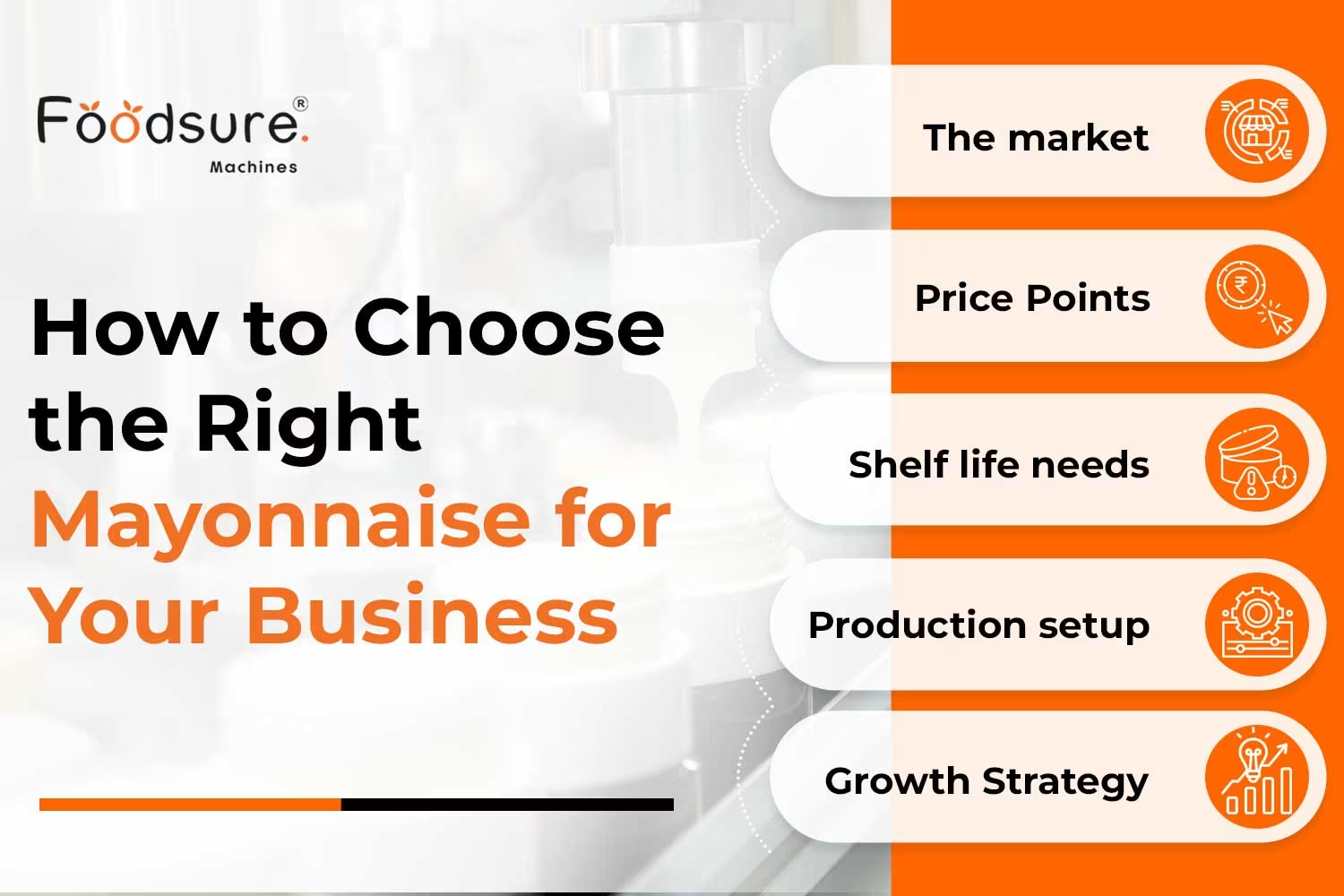
Startups and small manufacturers need to choose the correct mayonnaise option, or else it will impact cost, positioning, and scaling the business.
- The market:
The mass market side prefers traditional mayonnaise. The premium category and vegan category are looking for “eggless”, “organic”, or even “dairy-free”, depending on whether the consumer chooses for health reasons or lifestyle.
- Price Points:
Traditional mayonnaise consists of base ingredients and can provide an overall lower cost to the consumer. Speciality (vegan, low-fat, or flavour) has an increased cost of production based on the ingredients alone, but it may provide a better margin for the manufacturer producing a speciality product, as consumers are willing to pay for value-added products.
- Shelf life needs:
Depending on the objective of the business, an export-oriented business would need to produce mayonnaise with stabilisers and vacuum homogenising for a longer shelf life potential. A business that is selling locally could produce a mayonnaise with a shorter shelf life to capitalise on it being sold as fresh due to the business being local.
- Production setup:
Vegan and reduced-fat formulations will require stabilisers, vacuum homogenising, and the ability to mix faster and modernised mixing times to mix evenly through the product and maintain desirable consistency and taste.
- Growth Strategy:
Many units will begin producing volumes utilising some form of traditional or eggless mayonnaise and then look to develop flavoured or premium varieties with the notion of entering niche categories and margin growth.
Mayonnaise Machines: Scaling Production with Precision
Regardless of which type of mayonnaise you decide to purchase, regardless of whether you make your own mayonnaise, success will depend on execution, which is essential to highly successful execution. This is why respect for the mayonnaise manufacturing technology that is understood during the strategic investment phases could pay dividends after the mayonnaise production is in place.
- Batch Mixers → This is the best option possible for a small state of production (50-200 kg per day). It is affordable and flexible, catering to smaller operational scales – well-positioned if you are looking at a start-up situation.
- Vacuum Emulsifiers → This will take out air bubbles in the setup, produce a better texture, and prolong shelf life. This is a good option for trying to increase production and scale up.
- Automatic Mayonnaise Lines → This is the only option for continuous mayonnaise rounds of 500 kg per hour or more, but it has the same quality and safety standards.
- Hygiene Options → You will always want to choose a machine out of food-grade stainless steel with an embedded Clean-in-Place (CIP) system. To ensure hygiene is maintained.
For your investment to be worthwhile for a product coming onto retail or other QSR chains, it is best to have money invested in a scalable mayonnaise machine to continue to be competitive.
Conclusions
Foodsure Machines offers reliable, sanitary, and scalable equipment for the production of mayonnaise, even in small and large batch processing. Our machines include small batch mixers and an automated system that ensures product consistency in every jar! Contact us today for prices on our mayonnaise equipment.
Request Your Free Quote Fast
Please reach out to us anytime via phone or email.
FAQ
Q1. What are the common types of mayonnaise?
Ans: Classic, eggless/vegan, low-fat/light mayo, flavoured mayo, and specialty mayo.
Q2. Which type of mayonnaise will last the longest on the shelf?
Ans: Shelf-stable industrial mayonnaise that contains preservatives and is vacuum processed.
Q3. What type of mayo should a small business first sell?
Ans: Eggless or garlic mayo: in demand and profitable.
Q4. Will I need specific machines when making a vegan mayo or low-fat mayo?
Ans: Yes, marketing vegan or low-fat mayonnaise would be different, and the addition of stabilisers and mixing processes may be different, so recipes with powdered emulsifier machines will provide some consistency.

